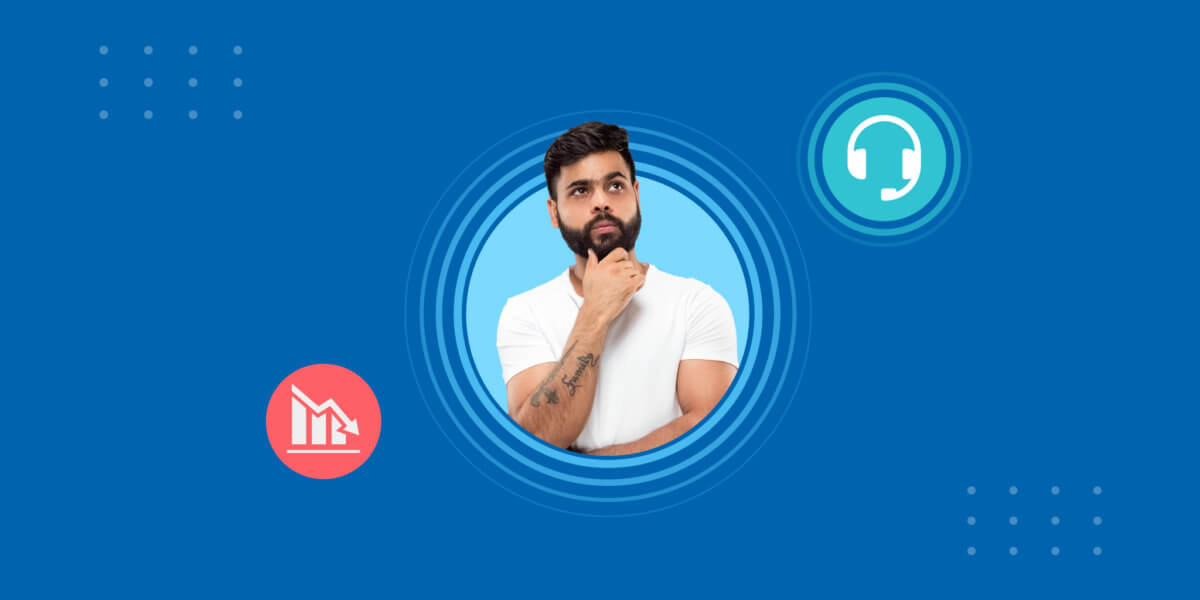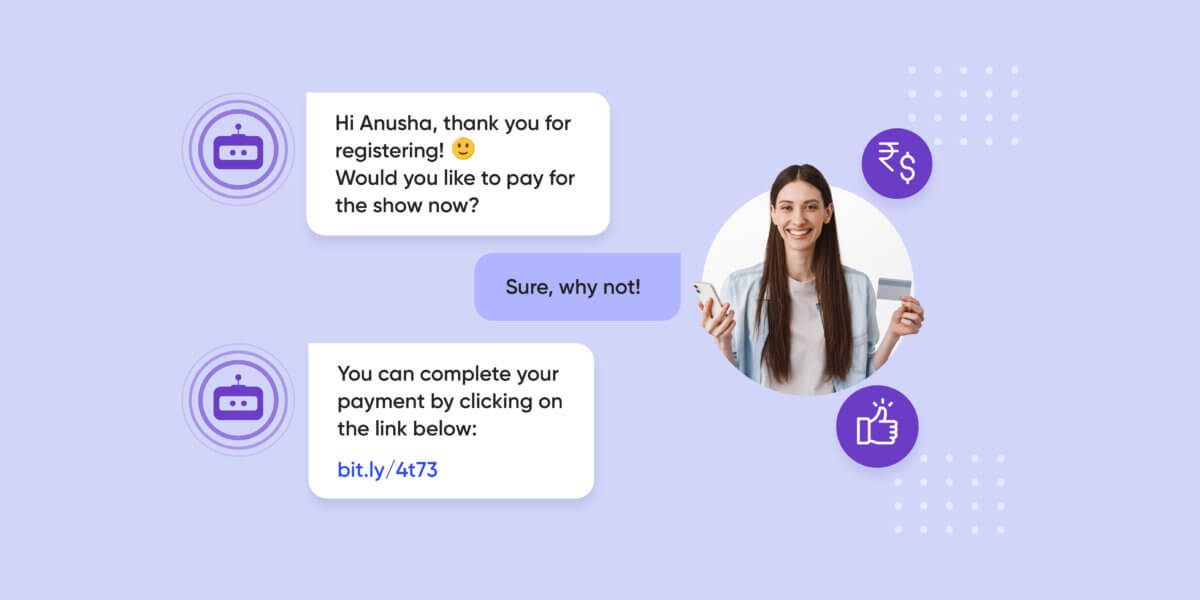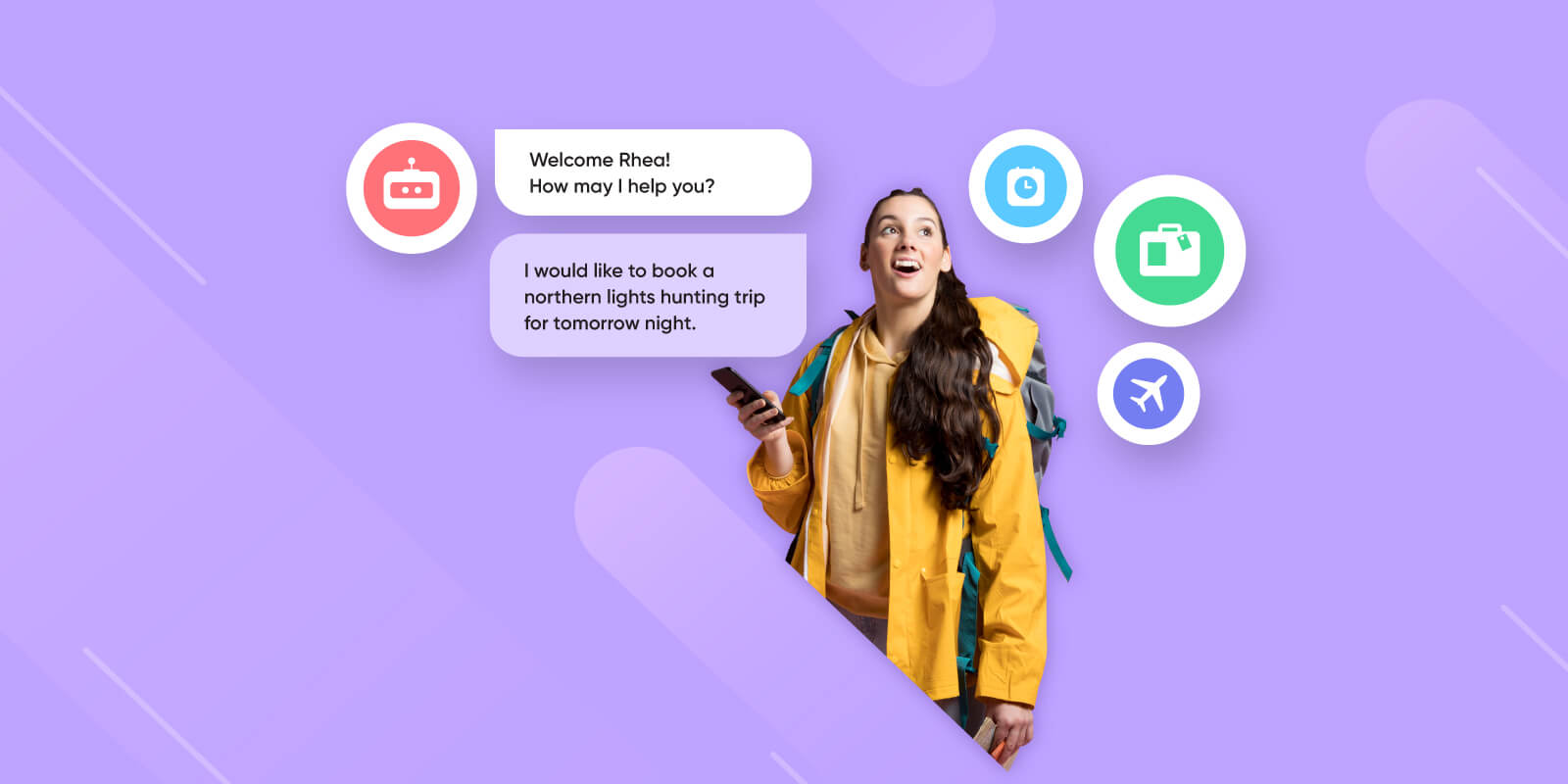Learnings from a Coronavirus Bot That Engaged 290,000+ People

Learnings from a Coronavirus Bot That Engaged 290,000+ People
On March 15th, India registered an unhappy coronavirus milestone – 100 positive COVID-19 patients. This is a story of the day following this event when the Verloop team built India’s first COVID-19 bot.
While 100 new cases seem like a welcome dream (as I write this in August, India is currently sitting at 60,000 new cases every day for the past week), it was a moment for sombre reflection in March.
The pandemic has since snowballed worldwide, with over 19 million active cases in over 192 countries.
There is little upside to this story. Over 700,000 people have died from COVID-19 since the outbreak first started in Wuhan, China.
COVID-19 killed more people in three months than Ebola did in a year and a half.
As countries close their borders and states institute lockdowns to control the spread of the disease, governments are trying their hardest to cut through the noise to provide citizens with clear, actionable advice.
People are in a state of panic. There’s a lot of information going around and billions of people trying to find out what’s right and what’s wrong. Tech organisations like Google, Facebook and YouTube are at the forefront of fighting “fake news”.
Misinformation and a lack of awareness are the challenges of the hour.
The come-up. A Covid-19 bot.
On March 15th, hours after it had been announced that India broke that unfortunate 100-case threshold, the Verloop team swung into action.
For several weeks prior, internally, the Verloop team had been looking at the pandemic intently. Customer purchase/ support trends had pointed to the pandemic being a significant threat to normality, one that most institutions were not prepared to handle.
We proactively reached out to clients, prospects and governments to offer our services and help them prepare for the immense fallout of the now-pandemic.
After receiving a go-ahead from Vishwajit Rane, Minister for Health, Industries, Trade & Commerce for the state of Goa, the Verloop team quickly drew up a game plan.
Three days of evaluation, screening, development, testing, retesting and deployment later, Verloop helped launch India’s first COVID-19 Chatbot, for the Government of Goa.
Launched the first-of-its-kind #COVID19 Information & Awareness Chatbot, a one-stop source of information for our citizens. I urge the citizens to use +917948058218 to chat on WhatsApp for any information on #Coronavirus
Grateful to @PorteaMedical & @verloopio for their support. pic.twitter.com/5hdNxqPQSA
— Vishwajit Rane (@visrane) March 18, 2020
The coronavirus bot has engaged over 293,000 people with over 2,375,000 conversations . At its peak, the bot had over 19,900 people talking to it in a single hour.
So, how do you go about building a COVID-19 bot that concisely informs, reassures and advises in a pandemic? Here are our learnings.
Suggested Reading: The Making of the Most Comprehensive COVID-19 Bot Flow: CANbot
Identify the target market.
The first and most crucial step when building a product is to know who you’re creating it for. We segmented users based on six criteria and defined four user personas.
- Age – Age is an incredibly great divider in India. A teenager who’s 16 consumes, collects and engages with media/news utterly different than someone who’s five years older.
- Language – Not everyone speaks English in Goa, and often some people don’t speak it at all. It is imperative no one was left behind.
- Location – Are you a native of Goa? Are you from somewhere else, but stuck in Goa? Do you have family in Goa, and are trying to figure out processes for them?
- Preexisting Conditions – A history of medical conditions dramatically changes the kind of interactions you’d have with a COVID-19 bot, so we had to account for this.
- Literacy – An ability to speak a language may not translate into an ability to read, type and use a mobile phone in that language.
- Access to the Internet – According to a 2018 research breakdown of mobile data subscribers, India still has 140 million users on the 2&3G spectrum. To give context, average data transfer speeds on 2G is ~40 Kbps.
Using these delineations, we identified four key user personas we’d be targeting.
- Young, tech-savvy, non-local.
- Female, older millennial, well educated.
- Middle-aged, family, at-risk & aware
- Male, old, little access to internet
Prepare for trouble, make it double
“Think of the worst thing that could happen. Now double that, and work like we’re fighting against it.”
In situations where it’s quite literally life and death, it’s essential to be prepared for any kind of outcome. And with COVID-19, where the situation changed drastically from one day to the next, it was important to stay on top of things.
This started first and foremost with the copy.
The copy used in the bot had to be simple, easy to understand, but most importantly, leave no room for ulterior interpretation. The COVID-19 bot represented the government, and so it had to be accurate in the data used.
All data, information and insights sourced for the bot came from the World Health Organization and other such reputable sources. Data from the Goan government was checked, rechecked and rechecked, to ensure there was no room for error.
Speak the local languages
Most Goans speak a regional language called Konkani, an Indo-Aryan vernacular spoken by around 7.5 million native speakers.
What makes Konkani different from most other Indian dialects, however, is that it is script-less. It’s written in Hindi, Kannada, Marathi, English and more.
This makes Konkani a tricky language to work with when you’re building a bot, but there’s no way around it. We could not have a COVID-19 bot that just spoke English.
We hired local students to help us translate the bot copy into regional dialects. The Verloop team also made a Konkani version of media assets that we created for the bot – Konkani videos, infographics and tutorials.
These assets are incredibly popular – both videos have seen over 5,000 views combined and a 95+% average like-to-dislike ratio.
Constantly keep updating
As a situation develops, the information around it must too. A rapidly evolving pandemic situation requires constant updates.
In an environment that was as dynamic as COVID-19, it was imperative to keep reworking the bot – from its copy to its functioning.
The Verloop team updated bot copy with new case stats, hospital bed numbers/areas, developments in research and COVID-19 safety precautions every 6 hours – often even three during max usage.
We eased chokepoints in the bot flow, so more users had more access to more information more quickly. New flows were added and redundant ones removed.
Market the Covid-19 bot
While the patronage we received from the Government of Goa helped massively in ensuring the bot was incredibly successful, drawing up a clear marketing strategy is imperative.
Your COVID-19 bot will only be as successful as the number of people who interact with it.
To that end, we outlined a rough “Go-Live Distribution Strategy” to ensure maximum usage of the bot.
- A PR event by the Department of Public Health to make an impactful release and maximum outreach
- A government media release to all notable regional and national press
- Sharing COVID-19 Information and Awareness Chatbot WhatsApp Number and website URL on government awareness programs about COVID-19
- Publishing WhatsApp numbers on the Social Media handles of all state government departments.
- Publishing WhatsApp number and website URL on the Social Media handles of all notable personalities.
- Install bot on all Government websites, Goa Medical College website and state PSUs so visitors can benefit from it
- Two lines from Honourable Prime Minister endorsing the initiative for further strengthening the reach
- Send SMS to all the users across the state with a link to this WhatsApp chatbot
Suggested Reading: The Effect Of Covid-19 On The Big 5 Industries






